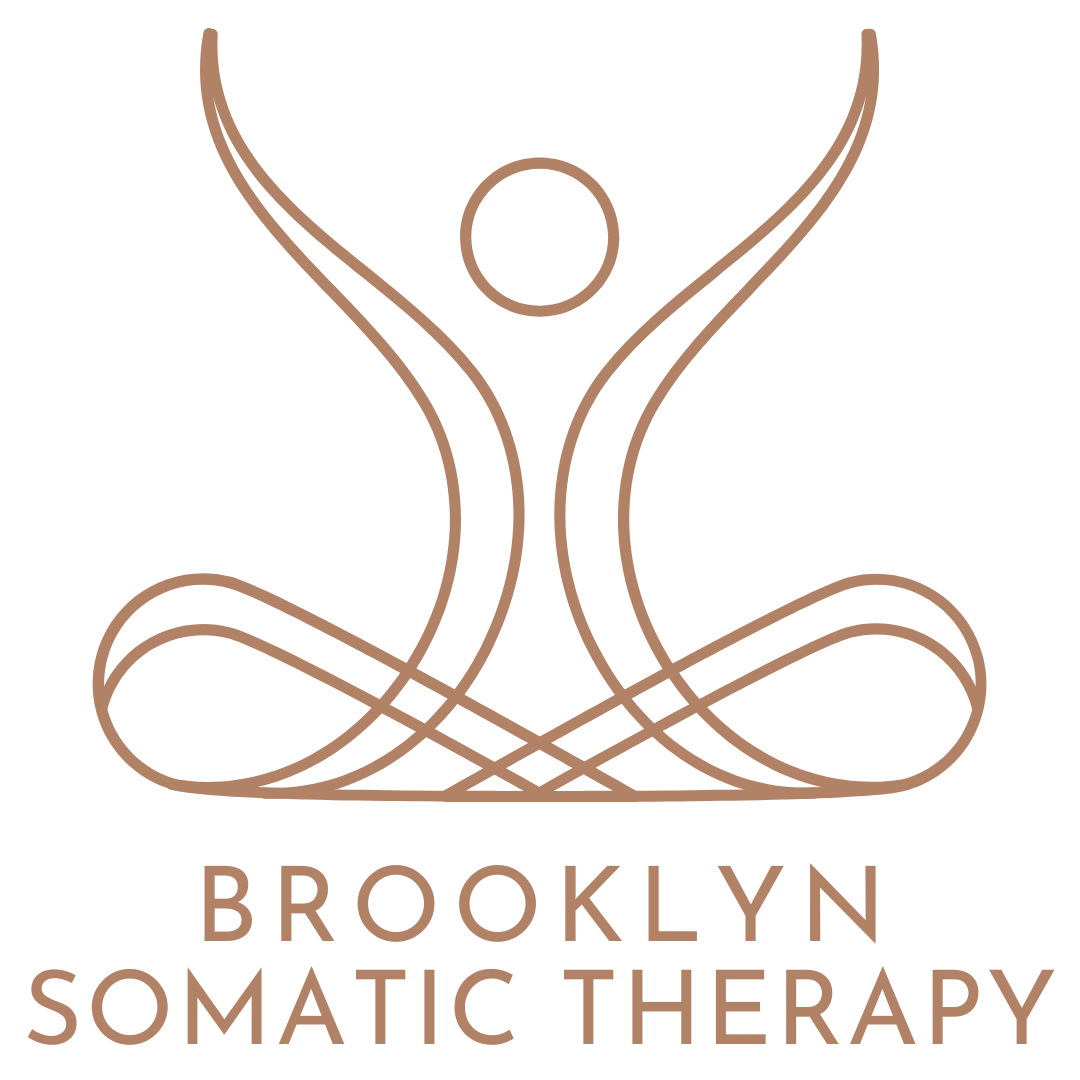Somatic Techniques for Stress and Anxiety
Anxiety is the nervous system’s way of responding when something in our world feels unsafe or urgently in need of attention. We often attempt to manage anxiety by thinking or doing our way out of the feeling - distracting ourselves, problem-solving, endless worrying, or toughing it out.
While these may work temporarily, they can just as easily lead to tension, fatigue, or numbness. Anxiety tends to persist, or even get worse, when we ignore it or try to push it away.
A somatic approach to self-soothing involves turning attention directly toward the body’s present moment experience of anxiety, and bringing in our internal resources - breath, sensation, movement, touch - to help regulate the nervous system and relax the musculature.
The next time you’re feeling anxious, try one of these body-based techniques.
Relaxing with Breath
Box breathing is a very simple technique for slowing down in the moment. Like the sides of a square, each phase of breathing is done for an equal number of counts:
Inhale for 4 counts.
Hold breath in for 4 counts.
Exhale for 4 counts.
Hold breath after the exhale for 4 counts, then begin again.
Repeat for 3-6 cycles.
4-7-8 breathing is another very simple method with different counts for each phase of breath. By elongating the exhale, you can stimulate the parasympathetic nervous system, the part of the nervous system that brings calm and rest.
Find a comfortable place to sit with your back straight.
Close your lips and inhale through your nose for a count of 4.
Hold your breath for a count of 7.
Exhale completely through your mouth making a whoosh sound for a count of 8.
This completes one cycle. Repeat for three more cycles.
Relaxing with Sensation
The 5-4-3-2-1 Grounding Technique activates your 5 senses, inviting you to connect back to the present moment. This technique is useful if you notice your anxiety is accompanied by racing thoughts, worry and rumination, or you’re overly focused on the future or the past.
Begin with 5 things you can see. Notice the colors, shapes, location, and details of 5 things in your environment. Take your time to see what you’re seeing.
Then, find 4 things you can touch. Sense the texture, temperature, and detail about each thing you contact.
Next, locate 3 sounds you can hear. Take your time to include sounds both near and far.
After that, notice 2 things you can smell in your environment.
Finally, taste. Notice if there is a taste you are aware of in this moment.
Relaxing with Touch
The Butterfly Hug is a self-soothing technique that can help shift your anxiety through self-touch.
Find a comfortable place to sit and take a moment to close your eyes or soften your gaze.
Cross your arms in front of your body and bring each hand to touch the opposite arm or chest, whichever is most comfortable for you. Your right hand will rest on your left upper arm or collarbone area of the left side of your chest, and vice versa.
Begin to alternate tapping your right hand and then your left, where your hands are making contact with your body.
Notice your breath as you continue alternating tapping right and left.
Notice if a firmer tap or lighter tap makes you feel more at ease. Notice the pace of your tapping.
Continue tapping until you start to feel more at ease, more calm, or a sense of relief.
Relaxing with Movement
Move your body! Movement can provide an outlet for anxiety and the excess energy that may accompany it. Start with something simple like getting up and doing a few gentle stretches or taking a walk around the block. Turn on some upbeat music and let your body shake in every direction. Make time for movement you enjoy such as hiking, dancing, yoga or swimming.
Progressive muscle relaxation is a conscious movement practice where you purposefully tense and release body parts.
Find a comfortable position lying on the floor or seated in a chair.
Remember to continue to breathe as you move through this practice. You may find it helpful to breathe in while you’re tensing and exhale fully as you release the tension.
Start by tensing up your whole face and head area.
Hold the tension for 5 seconds and then let all the muscles and tension in your face and head release.
Next squeeze your shoulders, upper back, and chest area.
Hold for 5 seconds and then consciously relax all the tension in that area
Continue this process moving from your head to your feet. Include your arms, hands, upper torso, abdomen, pelvis and glutes, upper legs, lower legs, and feet.
As you go, feel free to skip any parts of the body that might increase pain or an injury.
To finish, tense up your whole body all at once, hold for 5 seconds, and then relax and release your whole body as you exhale. Repeat this several times.
